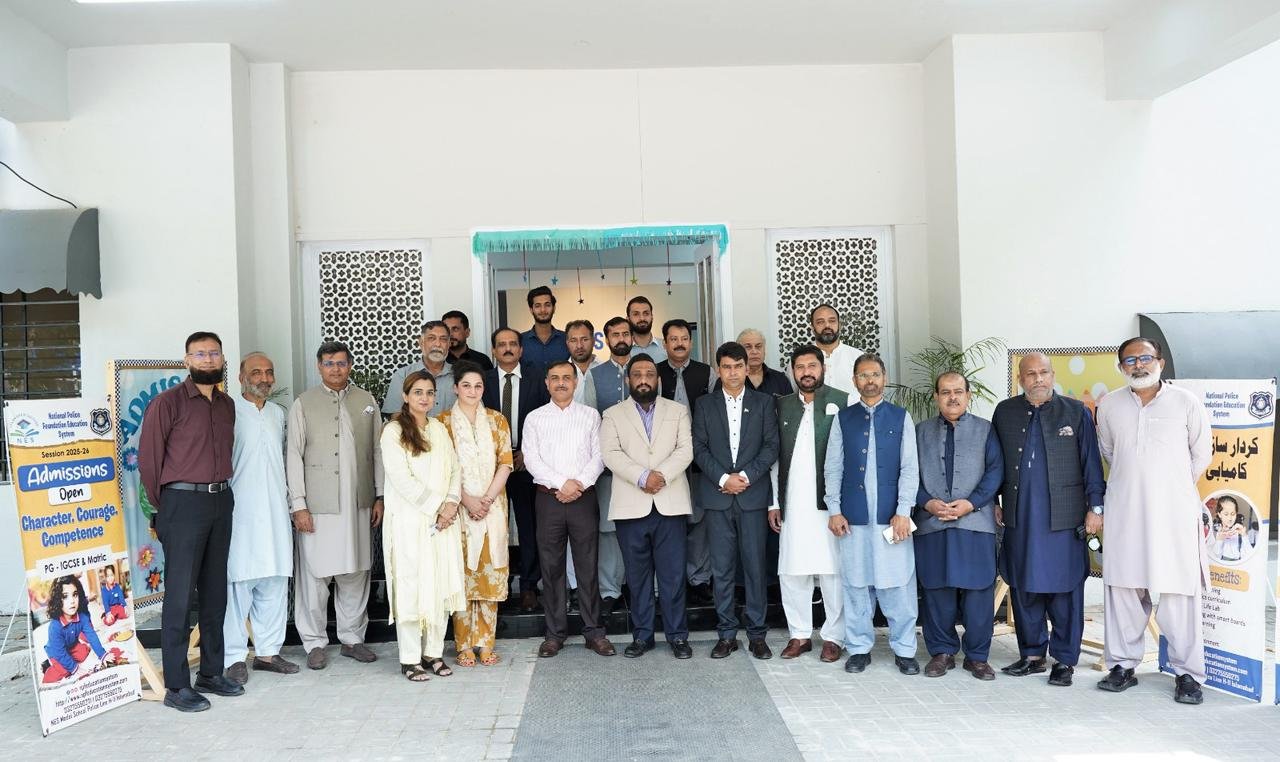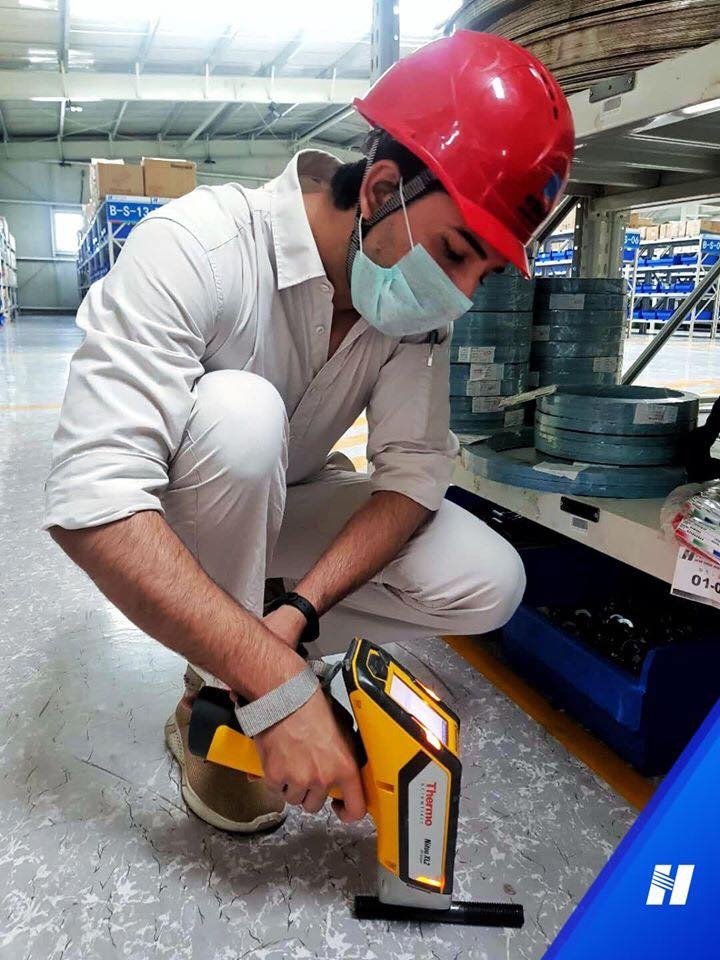South Korean researchers have unveiled an innovative transport drone that operates on more than one flexible rotors, able to self-correcting to keep balance in flight. This prototype, advanced through a crew from the Seoul National University of Science and Technology, features as a “flying purchasing cart”, designed to carry items over uneven terrain, inclusive of stairs. The drone capabilities a shipment platform guided via a consumer, who employs mild force to naviigate the hovering device. Demonstrations through group contributors showcased its capacity to move items up and down stairs whilst retaining a regular balance thru a complicated middle of mass estimation set of rules. To circulate objects over choppy terrain or stairs while a wheeled cart cannot, the drone responds to human control with what the builders name a bodily human-robot interaction approach that anticipates human intentions for clean flight, said Lee Seung-jae, professor of mechanical device layout engineering. But the broader cognizance of Lee’s crew is not on growing a buying cart to be used over steps, however rather on applications that could use a drone with reliable horizontal balance with out pitching and rolling. “The Palletrone can be more than a flying purchasing cart,” he said, referring to the name the team gave the prototype by means of becoming a member of the words pallet, which is the platform for cargo on top, and drone. Lee’s group has tested a platform to hold objects up to three kilog, and concedes industrial programs for cargo transportation at this sort of small weight without problems carried by means of humans is restricted. Still, the mechanism that allows the drone to change instructions in flight without banking and to keep stage attitude has programs for turning in touchy or fragile payloads, Lee said. But Lee’s group is looking further ahead for the generation’s potential use for uncrewed “flying taxis” sporting human beings and for drones to be “refuelled” mid-air, through changing batteries so the aircraft do now not want to return to base for a fresh price. Multi-rotor drones are inherently limited in velocity and range compared to constant-wing drones but have higher manipulate and manoeuvrability, consisting of the ability to hover in flight. They had been used to deliver cargo, meals and clinical elements, however business programs have been constrained largely due to the fact it is impractical to increase the scale of the battery enough to move a heavier payload over an extended distance. Seoul Tech’s work became published in Institute of Electrical and Electronics Engineers (IEEE) Robotics and Automation Letters this 12 months, the book of the Institute of Electrical and Electronics Engineers based totally in New York.
South Korean researchers unveil futuristic ‘flying shopping cart’

You Might Also Like
Leave a comment








